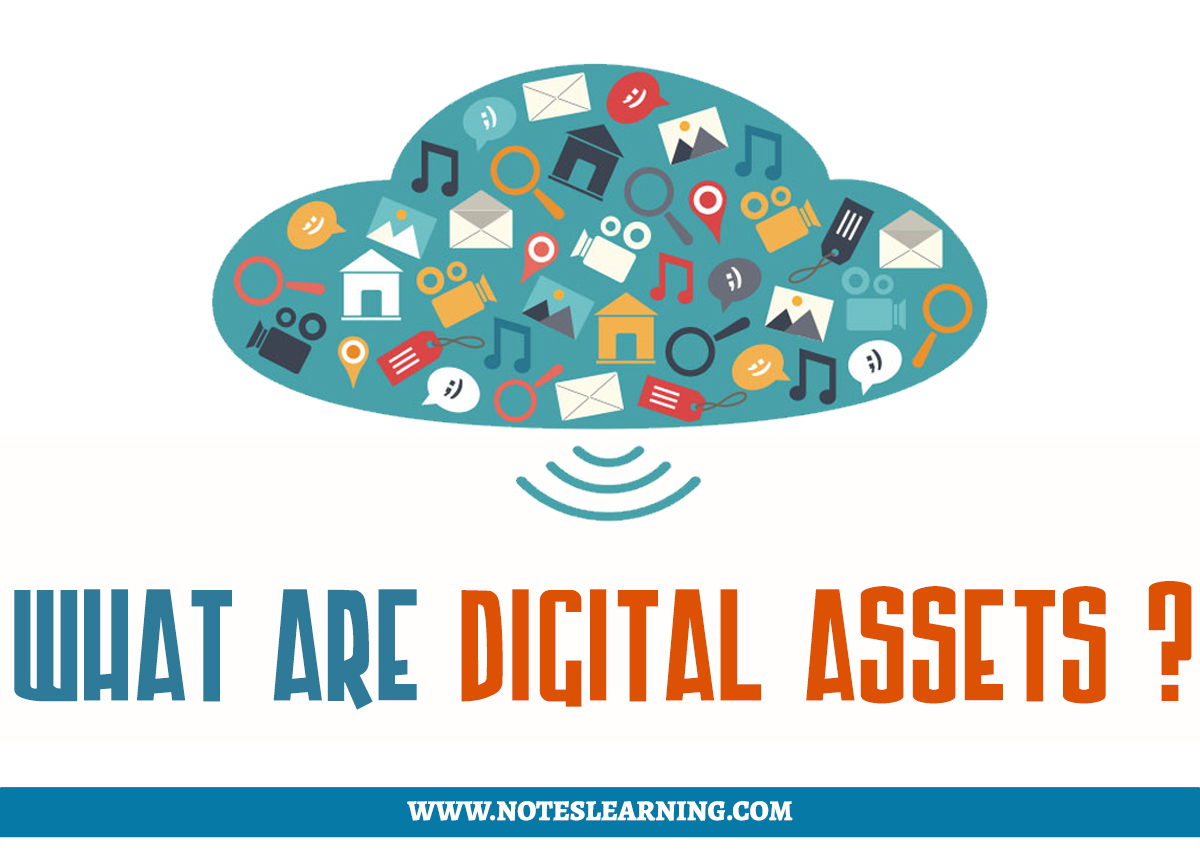Definition: Digital Assets
A digital asset is any content that exists in digital form and has a distinct, self-contained, identifiable value. A digital asset is any content that can be owned and transferred by users with the same properties as any other legal currencies without affecting its value. Digital assets can be any electronic content from a video, NFTs, photo, cryptocurrency and any digitally documented contracts.
Digital assets are the emerging trends in the capital market. With the development of tech and finance and tech in finance, digital assets have become a buzz in the world market. Such innovation in the financial market has resulted in the shift in economies and has led the market to behave in a different way. As per the report by PwC in July 2022, the U.S. alone had the market capitalization of digital assets of $3 trillion in Nov, 2021.
Digital assets are slowly growing their credibility and marketability in the financial world with some of the monetary authorities accepting and adapting to digital currencies as a means.
Types of Digital Assets
There are various types of digital assets that are available in the world economy. Some of such digital assets are:
| E-Gold | Avatars | Crypto commodities |
| Royalty Stream | Utility Tokens | Assets-Backed Tokens |
| Security Tokens | Hybrid Tokens | Real-World Asset Tokens |
| E-wallet Balance | Digital Gift Card | Non-Fungible Token(NFTs) |
| Cryptocurrency | Music and Rights | Central Bank Digital Currency |
| Digital Collectibles | Smart Contracts | Tokenized Commercial Real Estate |
There are many other digital assets in different forms. The opportunities for digital assets are growing at an exponential rate. Now, we can find various intermediary companies for dealing with the digital assets and assisting in digital assets transactions.

Overview of Digital Asset Economy
| Cryptocurrency Owners 2021 | 300 Million |
| Market Capitalization of Cryptocurrency 2021 | $ 1.5 Trillion |
| Coinbase Digital Assets 2021 | $ 70 Billion |
| Stablecoin on-chain Volume 2021 | $ 1.7 Trillion |
| Total Volume of NFT Assets 2021 | $ 25 Billion |
| Private Equity and Venture Capital Funds invested in Crypto and Blockchain 2021 | $ 30 Billion |
Characteristics of Digital Asset
- They have a digital form of representation i.e. it exists in program-code form.
- Such assets are recorded in a ledger (blockchain).
- These assets are backed by real assets (tangible or intangible assets).
- Such assets have an exchange value.
- Digital assets are identifiable i.e. they are unique and have a distinct identity.
Pros of Digital Assets
- Frictionless transactions across borders.
- Faster and lower-cost asset transfer of ownership.
- Such assets can be converted into flat currencies i.e. convertibility.
- Such assets store the value and can be transacted without losing or affecting value.
- The economic power of such assets is generally decentralized.
- Reduced cost through automation and elimination of redundant activities.
Cons of Digital Assets
- Potentially new cybersecurity risks.
- Unique concerns about data security and privacy.
- Uncertainty of production of digital assets in long-run performance.
- Limited exposure, experience for validation and acceptance.
- Unanticipated governance risk. Economies are yet to understand and anticipate the risk associated with digital assets.
- Digital assets have world wide acceptability, hence management and implementation of a wide ecosystem is sometimes difficult.
- Another problem of digital assets is parallel operations with other forms of asset class. Multiple policies for the same monetary ecosystem is difficult to handle.
- Digital assets have marketability mostly in developed economies. There are various , infrastructural, technological, legal and policy hindrances for digital assets in the majority economy.
- Also, many developed economies have fragmented and incomplete regulatory landscape for digital assets due to its newness.
References


